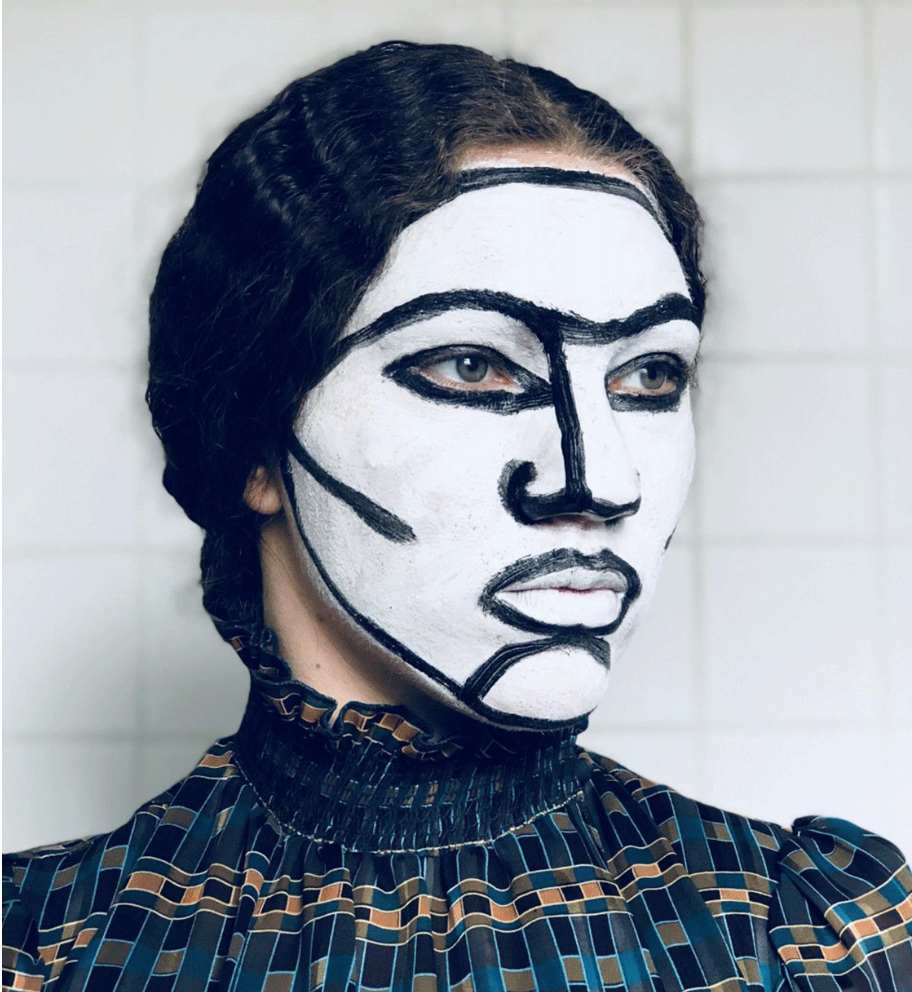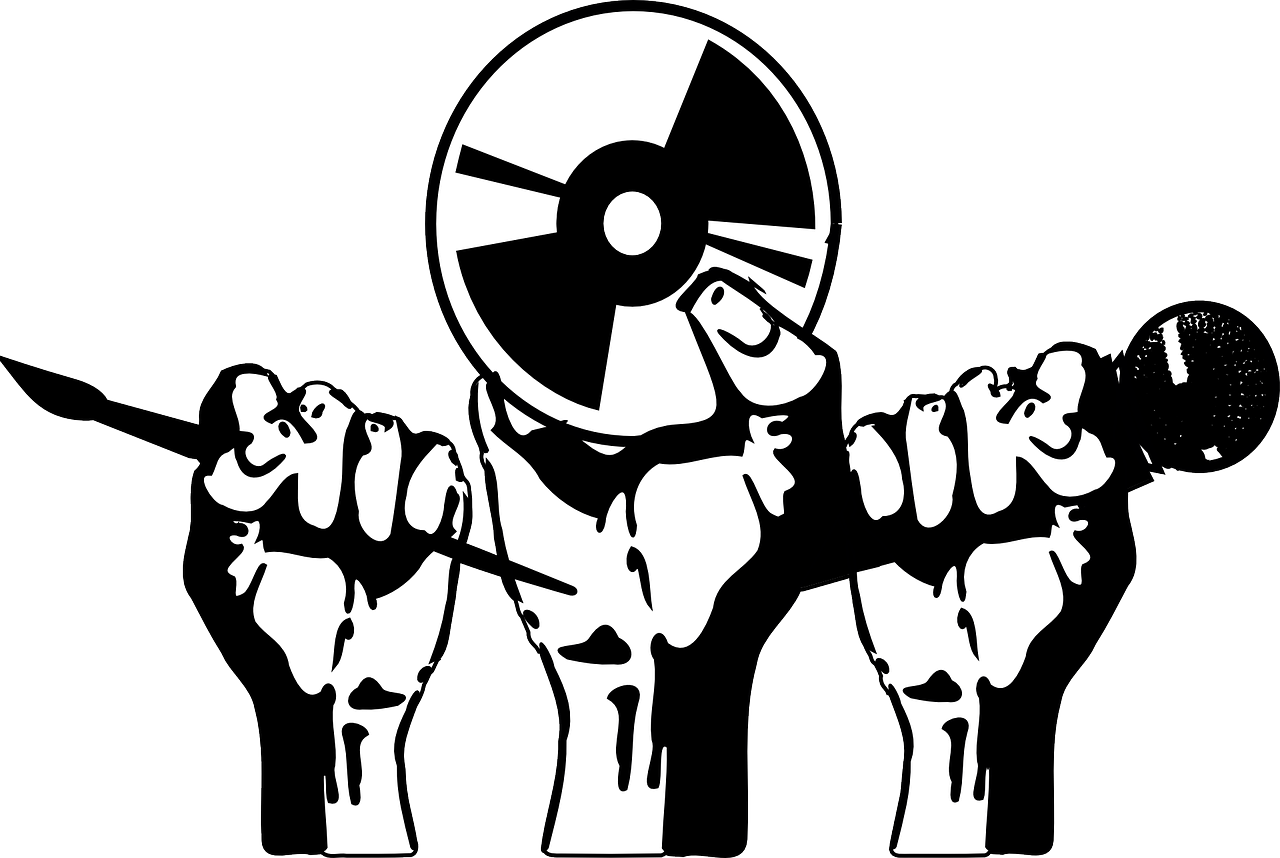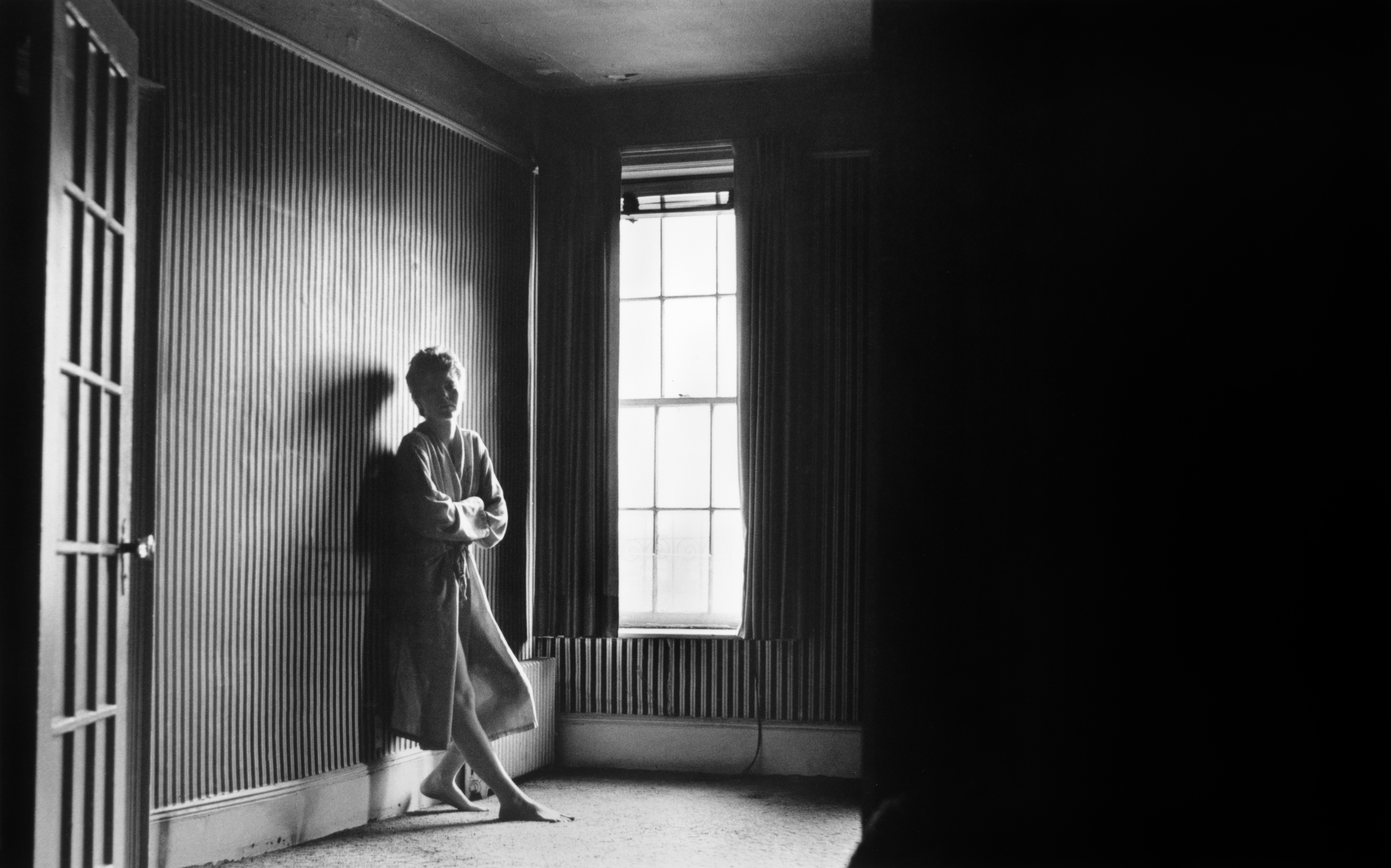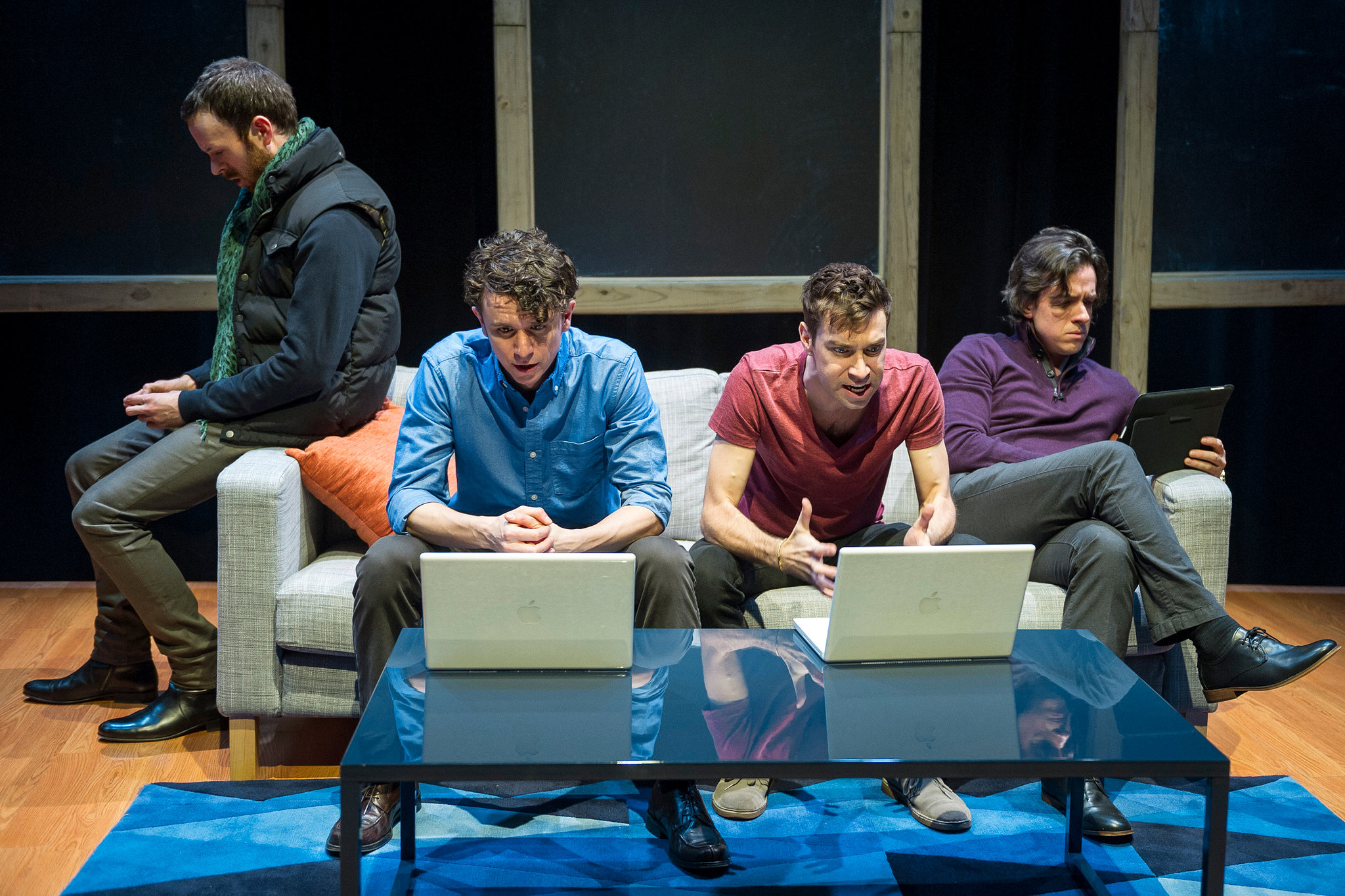An Interview Conducted by Jai Hamid Bashir of artist, Lilly E. Manycolors
“What is the difference between my personal experience and my inherited ones? I am doing this just for myself. I am doing this for my daughter, for my descendants, for you and for anyone else who needs liberation from trauma. Because care is my ontology.”
Lilly E. Manycolors is a mixed Choctaw interdisciplinary artist known for her emotionally excavating artworks and performances. Raised between The United States and Australia, the child of a single mother, the artist’s upbringing was wrought with poverty and abuse. Yet, this artist has found profound meaning in trauma and catalyst for art. Disconnected from her Choctaw heritage due to a dismembered upbringing, she struggled to feel a sense of belonging to any one place or person, including herself. In her later years, she began to make her way home finding the red road through Anishinaabe elders and the teachings they gifted to her, giving her the freedom to live as her intersectional self.
With the birth of her daughter came another homecoming and catalyzed her most recent artworks, 7Wmxn Series, which harnesses the powerful lessons of trauma integration decolonization, her motherhood, and traditional ways of life to begin her process of healing and creating healing spaces. Deeply rooted in her Choctaw and Anishinaabe traditions, she draws from her personal journeys to create pieces that offer safer spaces for decolonial dialogue, intimate connections, and new ways of being. Through her pieces she invites audiences to traverse vast emotional terrains with her and explore the depths of personhood together. She enrolled for her BAIA in 2015 at Goddard College and took on her artistry in full with a focus on psychology and decolonization. She has exhibited her work in Rhode Island, Massachusetts, Vermont, Washington DC, and elsewhere.
Find more of her work: https://www.wovenwomxn.com/

Do you agree or disagree that art practice is first and foremost for beauty? Or, do you think it is for something else altogether? What is the function of observation or documentation? What are you most inspired by?
Well, I would disagree. Firstly because ‘beauty is in the eye of the beholder’. Secondly, when I hear the word beauty, I think of settler-colonial standards of beauty and I want to revolt. An art practice must be because of a need. You need to do it. For whatever reason. You do not create because you want something to be pretty, you create because if you don’t you’ll go insane, you’ll be lost in the oblivion of entropy. You create because we humans do not have a choice. It is our duty to create. The only part of creativity we really have a choice in is the how. As for observation and documentation, those are tricky and sticky areas. Octavia Butler said, “all that you touch you change. All that you change changes you…” and I think that observation is not supposed to be just a ‘looking’ at situation. When you are observing you must be engaging. Your senses are taking in the information and the information is going into your brain. You are learning from what you are seeing and when we learn we change. Observation should be a braiding of two which creates another or many. Many thoughts, many conversations, many inspirations. Whatever. Creation begets creation. The documentation is part of that, however settler-colonialism is why most of what we have can’t be nice. I won’t go into documentation much but I will say that we need to learn to document with Indigenous philosophies as the format.
One feature of your paintings I’m really drawn to is how you bear witness to the body of color. I’m specifically thinking of the pieces where male and female-bodied figures are nude and surrounded by symbols. How do you think art can participate in a restoration of identity?
For me as a mixed-Indigenous person, art is the way I learn and the way I share, it is how I keep records and how I play with imagining what I want, what could be, what I don’t want and what has been.
I think art has a civic duty of restoration and evolution of identity. For me, my art has given me the space to tear apart my sense of self and put only what I think is really me up on the wall.
Then when others see what I am I can test what of me is really true. When someone looks at an art piece they should be able to identify a part of themselves, and/or they should be ruptured leading to personhood evolution.
I think art should always be a force that is in alignment with evolution. Rest can be part of evolving too.
Art can inflict a sense of rest on you, where in this interlude the covert parts of yourself can do what needs to be done. I am a firm believer that art should affect your sense of self. When you go and see an art piece you should leave changed. As far as my usage of nudity and intertwining of male and female bodies, I am deliberately carving away at settler-colonial standards of beauty and what of our bodies is acceptable. I prefer being naked. At home when I am alone I am naked. I just wish I could be naked more, but I can’t because that is dangerous. My painting nudity is a way for me to say, “Fuck you abusers. You think you stole something from me, but you can’t, and won’t ever.”
I am constantly trying to reclaim myself from colonialism, from trauma, from abuse, from the patriarchy. When I look at my paintings I see liberation of the body. I think it is important for people to be making art that is antithetical to the standards of colonialism and what we’ve been familiarized with. If people are exposed to art that is more of an honest representation of our pre-colonial realties then we will be able to access decolonial healing more.
That’s what I think and experience at least. When I first found Gloria E. Anzaldúa I found permission in being an intersectional person through her writing on Nepantlera (womxn of the in between). Anzaldúa was a Chicanx activist, writer and scholar whose written works (such as Borderlands and Light in the Dark) have been a foundational contribution to culture building. Her works gave me examples of being a whole person as a kaleidoscope of identities.
Many people liken my work to Frida Kahlo. I did not find Frida’s artworks first. Rather, I found her story. It was her story that gave me examples of reclaiming one’s identity from colonialism, from suffering and abuse as best as one can. Her story inspired me to paint and create my process of being.
Art can be a manifestation of the intangible, of the imagination and inspire us to create those imaginations as reality.

We first became connected on Instagram. I’ve been following your work for a long time and I’m so glad I do. How do you think the social media landscape is informing how artists function in our society?
“I experience social media to be making being an ‘artist’ very accessible. I use the quotation marks because the kinds of artists that can be seen on social media seem to be very different than what traditionally an artist was known by. Art that is grounded in the exchange between whether or not you make someone feel good, pretty, welcomed, and/or apart of something but in a more superficial manner because via social media you do not actually have to do any real time engagement. There’s no flesh contact. I have no idea if this is a good or a bad thing. Maybe good or bad has no business in the cultural change social media is having on artists?
Personally, I am the kind of artist that anguishes in life and the in-person connection between my work and people who engage in my art makes my anguish not in vain. Social media never truly satisfies my need for validation. I guess my question is what’s behind the art that these people are making? What kind of need is driving them to create? Why are they making it accessible on social media?
To be honest, I do it because I often find myself isolated and suffocating on loneliness. Social media is like the quick fix to being seen, yet when the crash comes what I really want is in person contact. I am afraid that social media is going to deprive us of authentic validation
I’ve noticed that many of your paintings are large-scale and participating in a long lineage of disrupting Eurocentric aesthetes and highlighting identity. What is your process for working on such a scale and how do you hope this adds to your work?
There was a woman visiting my apartment who asked if she could paint in my living room. She had just come from a South American country and wanted to paint a symbol she saw. She got a drop cloth, laid it down on my floor, and with black paint just went at it. I thought, “Shit that looks fun”— speaking to the size. So when I was beginning decolonizing my trauma stories I got myself a big piece of drop cloth and went at it.
Seven pieces (7Wmxn Series) later I kept getting bigger and bigger canvas. It was almost obsessive. I like the total encumbering sensation of working on large canvas. Since the completion of my 7Wmxn Series I have painted a few pieces about 24”x30” and I must say I’m not into it. I like the impact the life sized scale can have. I like how I have to haul, pull and lift, using my whole body. I like that I’m not just sitting for the whole process. I like using ladders, stools, sitting on my butt, or laying down. I usually have someone to trace my body on the canvas and I like the intimacy it creates between me and the painting. It is always interesting to see people’s tracing skills.
Many of the pieces are one type of body because I am tracing my own. I’d like to branch out andtrace other people but I want people to be able to consent knowing that the medicine of the painting will affect their lives. Or, I guess I could just paint from memory— but I enjoy the braiding of people and painting. What I have noticed when people stand in front of my paintings is that they too feel engulfed. That they are immersed in the story and emotional landscape. Maybe they become part of the painting too. I am not sure I can go smaller again. For now I want to paint pieces that are engulfing. I want to keep carving large areas of colonial spaces by creating large works centered on the BIPOC experience and existence.”

I’m always so intrigued by artist’s studios. Whether they exist in the home or elsewhere. In a more perfect vision of this interview, I wish I was speaking to you in your studio. How would you describe how you create a space that functions for creativity? Is it a metaphysical experience? A practical one?
Well, I have painted mostly in my bedroom/living room. I got studio space once and it was amazing. I miss it. I prefer a studio. My creative space is both metaphysical and practical. The practical has to exist otherwise there’s chaos. Too much energy coming in without clear pathways. I like to have a studio where all my tools have their place. The walls can contain the energy of my work and the physical order allows for creative flow. My work space is usually cleansed often using medicines from my traditions. I also pray a lot in my work space. I need to pray a lot because I often get lost in the work. I do not have studio space right now, but I’m working on it. My big paintings and I are just not the best of roommates.
You often talk about motherhood online. What do you think about discourse surrounding womxn artists? Is there a limitation on even the taxonomy of “womxn artist?” Do you think it is reductive? Liberating? How do configure motherhood in your artistic practice?
It is reductive, yet also allows for marketing. I don’t like it. But we live in a binary culture that feeds on binary identities you stack up like a double cheeseburger. These identifiers are labels that point to stories, almost like shorthand, or code if you will. When I say I am a single-mother there is whole story of information I am pointing too. When I say I am mixed- Indigenous, I am pointing to another story of information. I think these identifiers are meant to be binary but they are actually multiplicitous, simple code that allows for a whole scene to be seen.
To call myself a female artist however is obnoxious. My genitals do not paint the painting. My genitals stay in my pants and let my hands do the painting. I am an artist and it just so happens that my being in a female assigned body that carries mixed Indigenous DNA and is a single mother is where I pull themes for my art from. Additionally, being a mother is the most important part of my life and is the only thing that comes before my art. My art practice has now become something that supports my motherhood. I share my artistic knowledge with my daughter. My art is a place for us to connect and build and share together. I teach her what I know and hope it is useful for her life. This is liberating.

The greatest gifts I receive is when my daughter draws pictures of my paintings, when she critics my work, when she shows people my work with pride and when she says she wants to be a bed ‘n breakfast owner when she’s older, totally divergent from my art practice. She is six, by the way. I have always been an artist, but becoming a mother made being an artist have a deeper purpose.
What do you think needs to happen to create more space for indigenous artists?
Wow. Well. Besides a complete restructuring of museums and galleries, and decolonizing art education? I would like to stop experiencing people thinking Indigenous people don’t exist. I mean this is a big question and there is no nice and packaged answer. The culture needs to change, people need to not be aligned with white supremacy, capitalism, and settler-colonial values. This is dirty work. People need to consciously make space in galleries, museums, schools, afterschool programs, murals, coffee shops, work spaces, public transportation, etc. But, this would require people to be conscious of Indigenous folk, and I see people having a hard time with that. Non-Indigenous people are often landlocked in their own cultural microcosm, humans are pack animals liking who’s like them. Most non-Indigenous people rarely think about us. We are an afterthought, if that. So, I would like people to put reminders on their phones to read/view/listen to something Indigenous everyday. Start reminding yourselves that we are still here.
What is next for you? What is informing your practice and upcoming work and method?
Hrm. Well. I guess I’ll share a little bit of what is going on for me. At the moment I am dealing with some interesting grief. The past year alone has been quite the jerk. My daughter and I lost our home to a house fire. I was struggling with physical presentations of my CPTSD. I was hospitalized and lost work. A partner ghosted so hard in a time of turmoil. I went back to my birthlands for the first time in 18 years, saw my estranged mother (it didn’t end well), my younger sister and my adopted family (that went well), then finally moved into a new home. I am in the beginning stages of building after all this, yet I noticed that I was always in a state of recovery.
Grief is a state of recovery. It is the other side of gratitude.
Luckily for me, I have started my next series which focuses on decolonizing scarcity so I have a nice place to work not so messily on my rebuilding. I am doing some research on the biological process of scarcity and grief and the relationship between the two. I am a deeply personal/private person yet I have to expose myself. It is fucking weird and I barely understanding it and get frustrated by it often. But, what I am finding, is that grief is a state of being that takes on many personality traits. Scarcity is a conditioning and when the two come together I feel so alone, like there is not enough of anything in the world. I feel like colonization has hijacked my grief. Where did I learn these stories of scarcity? This is one of my research questions and it is such a damn rabbit hole. Our macro (culture/society) and micro (family) enculturation is almost rocket science.
As a mixed Indigenous person my DNA has specific coding for scarcity. My body remembers the massacres and starvation, then in my personal life when my daughter and I were homeless the personal and hereditary information clashed together and the terror was unbearable.
These are the things I am working out in my next series. Grief and scarcity.
What is the difference between my personal experience and my inherited ones? I am NOT doing this just for myself. I am doing this for my daughter, for my descendents, for you and for anyone else who needs liberation from trauma. Because care is my ontology. I think this needs to be in the center of everyone’s work. We need to be centering care and liberation from trauma in our work, whatever it is. And that could look like a trillion different ways and it needs to. Diversity is the key. Nature is just waiting for us to get with the program. Part of that work of liberation is supporting me through this process, supporting all artists who are taking trauma integration on in their work, and if the artist is a person of color they are trauma integrating. So I would like to invite people to invest their money, time, care into me and those other artists. This is one of the trillion ways we find liberation.

Art is _____ inevitable.
Art is not ____ able to be assimilated.
Art should be___ rupturing.
Art can be___ whatever you need.




